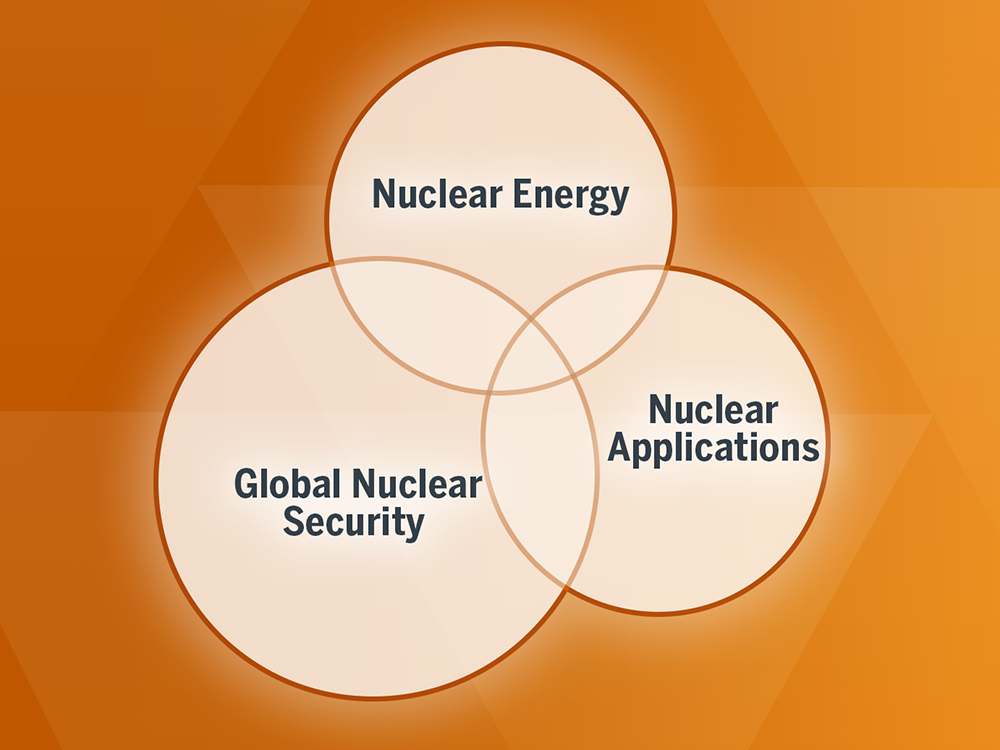
Computational Nuclear Engineering
Dr. Clarno’s primary research areas include:
- Multiphysics coupling methods for advanced simulation of nuclear reactors to integrate analyses and improve accuracy.
- Multiscale neutronics, fuel performance, and thermal-hydraulics to enable high resolution analyses in coupled physics applications.
- Design, optimization, and analysis of advanced commercial and test reactor concepts.
- Integration of software to optimize advanced manufacturing of nuclear technologies.
- Propagation of uncertainties through multiphysics applications to optimize experiments.
Advanced Nuclear Medicine Nuclear Imaging Systems
Dr. Zanoni’s primary research areas include:
- Ionizing molecular imaging techniques and instrumentation (SPECT, PET) for clinical and preclinical applications
- Emerging X-ray imaging techniques
- High-performance gamma and X-ray imaging detectors
- Image processing and statistical performance assessment and optimization of medical imaging systems
- Radiation dosimetry, radiation spectrometry and quantitative nuclear imaging
Global Nuclear Security and Nuclear Applications
Dr. Haas’s primary research areas include:
- Radiation detection for nuclear arms control.
- Nuclear non-proliferation
- Advanced reactor design and licensing
Dr. Charlton’s primary research areas include:
- Application of nuclear science and engineering to national security including nuclear nonproliferation, counter-proliferation, security, and deterrence.
- Radiation effects on electronics
- Prompt Gamma Activation Analysis
- Nuclear Applications
Dr. Landsberger’s primary research areas include:
- Nuclear analytical measurements including neutron activation analysis, Compton suppression and gamma-gamma coincidence and their applications in nuclear forensics, natural radioactivity and environmental monitoring of trace and heavy metals.
- Development of pedagogical methods for graduate Distance Learning
Robotics
Dr. Pryor’s primary research areas include:
- Interdisciplinary whose goal is to develop and deploy remote systems in hazardous/challenging environments to minimize the risks undertaken by human personnel.
- Reduce the exposure of human operators to hazards while minimizing the overall costs (training, execution, time, and money) associated with the use of remote systems.

